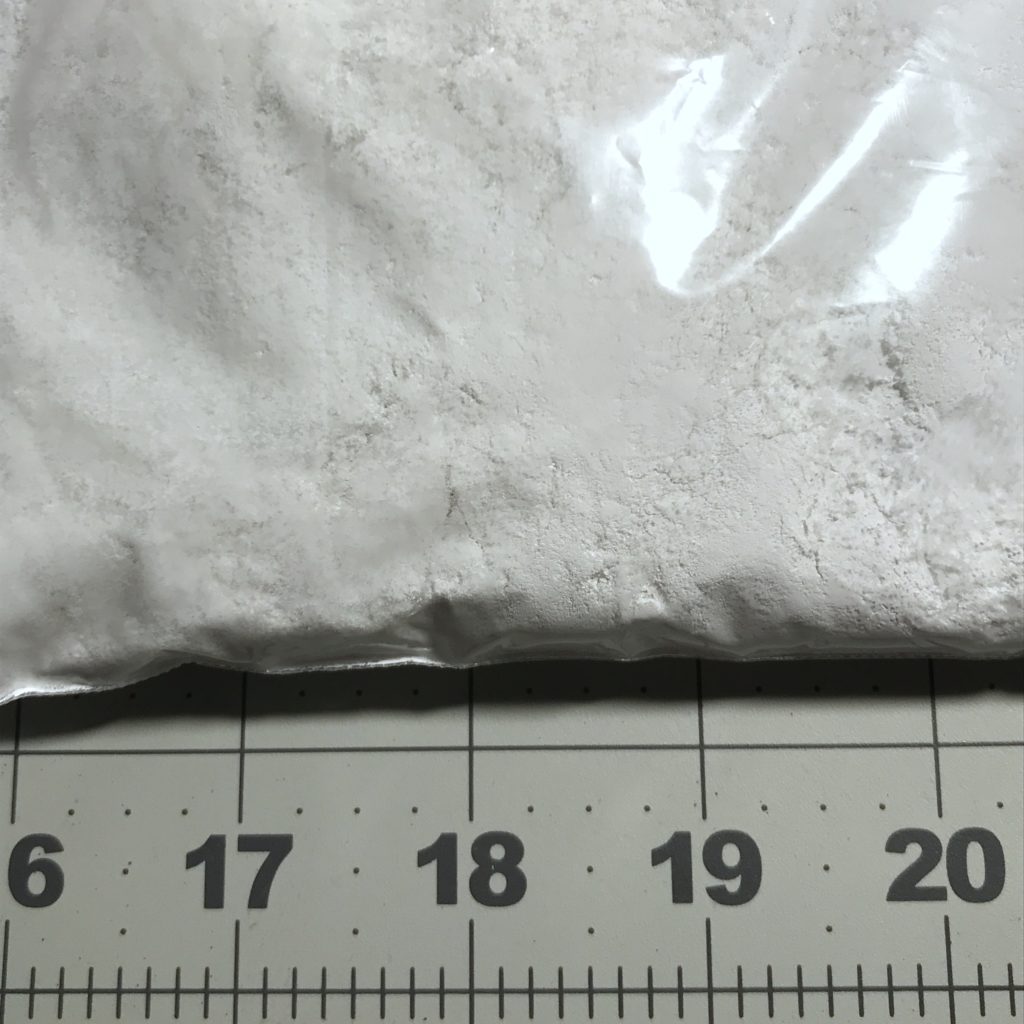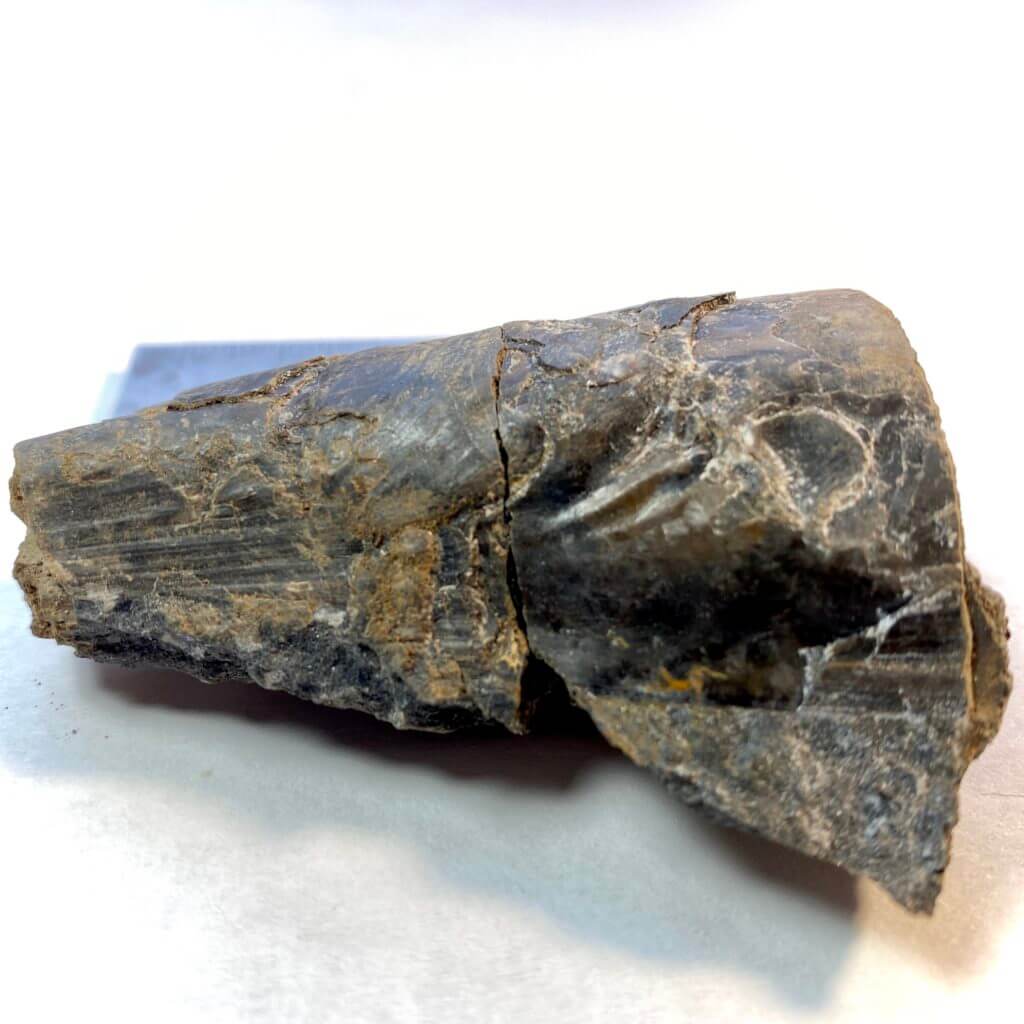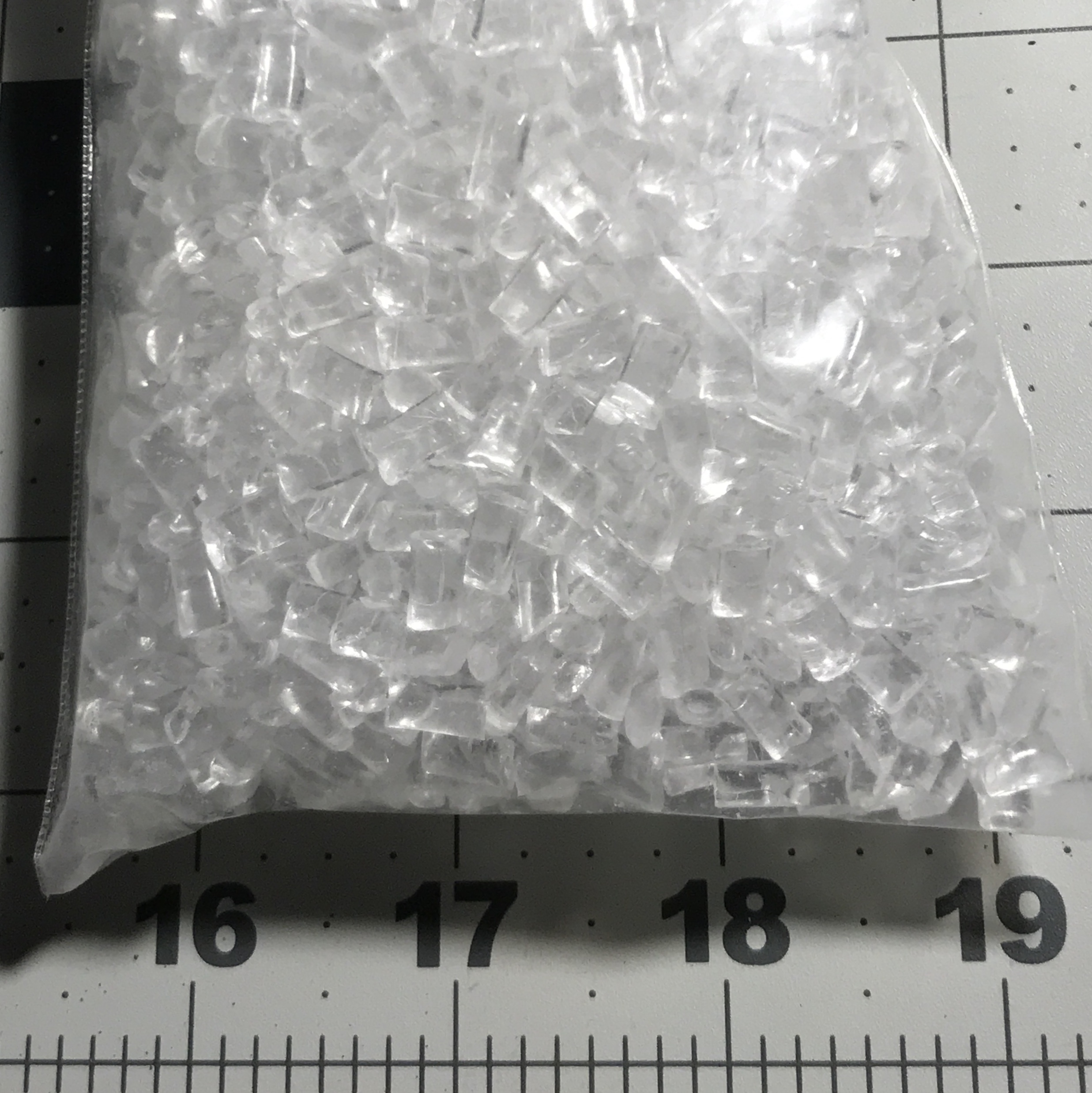In researching labeling methods, the current gold standard is to use Paraloid B-72 mixed with acetone, ethanol, or related solvent. From research, I have found that the B-72 remains suspended in the solvent, and you can brush it onto the specimen. The solvent within evaporates away, leaving a layer of B-72. After letting the first layer dry, you can add the label. Then, you can paint on a second layer to protect it.
The labeling part can be tricky. Depending on how much solvent is used in your B-72 mixture, it can dissolve or lift the ink used for labeling. The technique for adding the second layer can involve adding a drop over the label and carefully spreading it over the area to protect,
Another use is to brush it directly onto the entire specimen. This practice should be used with care. While you can remove it later using acetone, the more chemicals and coats you add to a specimen, the more likely you will destroy it. I’ve used this on faint leaf impressions to help them stand out. It gives the specimen a bit of a permanent wet look. It can also help sturdy a fragile specimen, such as a leaf impression in shale.
You can also use B-72 as an adhesive. It will stick fast to clean rock, and I have used it to glue pieces that break during the cleaning process.
The materials used in the past for labeling were prone to turning yellow over time. Thus far, B-72 has shown to be a very stable resin.



Mixing
According to an NPS Conserve O Gram issue, you mix a 25% solution by weight in acetone. B-72 comes in small pellet form when you purchase it online. When I first attempted this, I poured the pellets directly into a beaker and added acetone. I found that when doing this, the pellets will stick to the bottom of the beaker and make it harder to dissolve. From doing research online, I have found that wrapping the pellets in cheesecloth and suspending that in the mixture, even after applying a lid, can help it dissolve fast.
Plenty of ventilation is required when mixing. Do it in a well-vented area.
To make the 25% solution with a final volume of 100 ml, you would first measure 25 grams of B-72 pellets. If using the cheesecloth method, you place these into the cheesecloth and wrap it into a ball. You then add acetone until the volume of the acetone and pellets are 100 ml. The problem with the cheesecloth is that you have to assume that it adds to the volume, so you may want to add a bit more to get past 100 ml.
Then, let the mixture sit with the pellets suspended in the cheesecloth until they completely dissolve. After that, you can remove the cheesecloth, and you have your mixture. Suppose you are pouring it into other containers. In that case, you can add water to the beaker immediately after pouring it, and the leftover B-72 will harden into a white-colored film that should easily lift out.
Mixing Up White Paraloid B-72
You can add titanium dioxide to make a white-tinted mixture, provided you add a 0.01% amount of toluene to keep titanium dioxide in suspension. This is useful for using it on black or dark specimens; I find plenty of my local limestone is black.
Using it as an Adhesive
One of my favorite uses of Paraloid B-72 is as an adhesive. I find many Sea Pens (Meekopinna) locally, and they often break into two or more pieces as I extract them from the rigid limestone. I have also used it to glue together broken pieces of shale. It can be tricky to get it placed correctly, as any overflow will leave a permanent wet look on the specimen.


Using Paraloid as a protectant
Fragile fossils can crumble away once removed from the bedrock. After hundreds of millions of years of pressure, they can relax. Unfortunately, this means they can flake apart. New elements—like Oxygen— now have a chance to interact with the Calcite and other minerals that make up the fossils. I carefully brush Paraloid over the surface, careful not to trap air bubbles. If the surface does trap air, you can thin the coating using acetone.

Paraloid B-72 Clean-Up After Production
Once you finish mixing it in whatever container you use, add water to the empty container coated in a B-72 mixture. Once the water is added, it quickly turns into a white film and easily lifts off. You must add the water before the mixture dries out, which is the acetone exhausting away.
Storage
Another consideration is storage. At first, I used a mason jar with wax paper inserted between the lid and the jar. B-72 can be a powerful adhesive; you will glue the jar shut if you are not careful. Later I bought empty nail polish containers with brushes on the lid. This way, I did not have to throw out brushes after placing them on specimens.
I found that over time, if there is any leak in the jar, the solvent will evaporate, and you will be left with a mass of Paraloid B-72 on the bottom. This is a solvable problem (with solvent!), however, by adding acetone or whichever solvent back into the jar. This can be tricky depending on how much is left, but it will get you back to being able to use it.
Removal from Specimens
To remove it, you can apply more solvent to dissolve it. I have little experience in this and would recommend searching online for more information.
More Information Online
- Use of Acryloid B-72 Lacquer for Labeling Museum Objects – National Park Service
- Mixing Chemical Solutions – Sciencing.com
- Paraloid B-72 practical tips – The Fossil Forum
- Davidson, A., Brown, G.W., Paraloid B-72: Practical tips for the vertebrate fossil preparator, Collection Forum 2012; 26(1–2):99–119
Purchase Paraloid B-72 & Materials Online
Any referral proceeds from referral links go straight into hosting or research fees for this website. Fossils or Parks Township is 100% not for profit.
- Pre-Mixed Product – Gaylord Archival
- Paraloid B-72 – Find on eBay (It can be challenging to find it from US sellers)
- Nail Polish Bottles – Available on eBay
⁂ Read more about Fossil Collections Management at Scale ⁂

